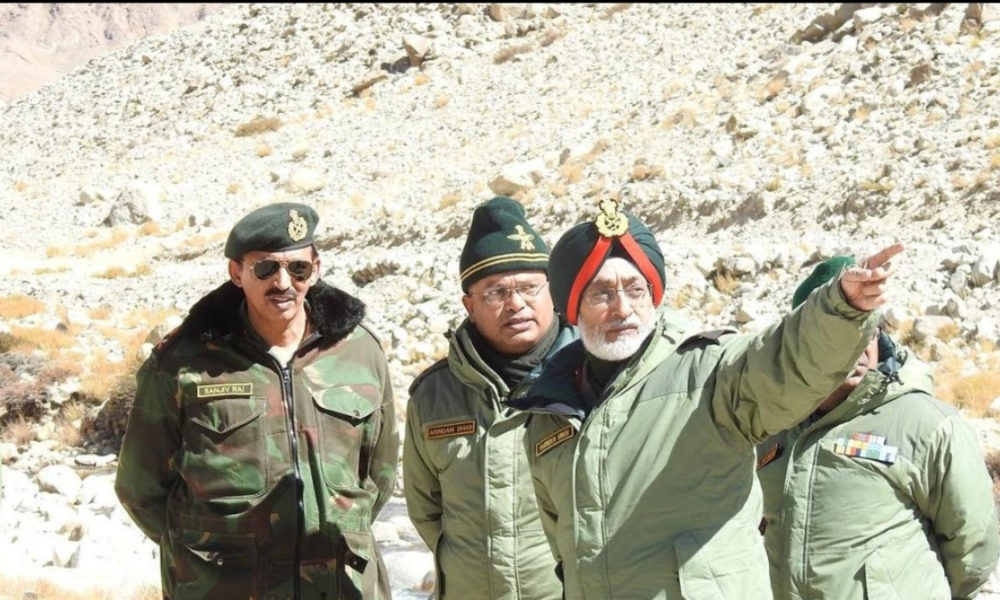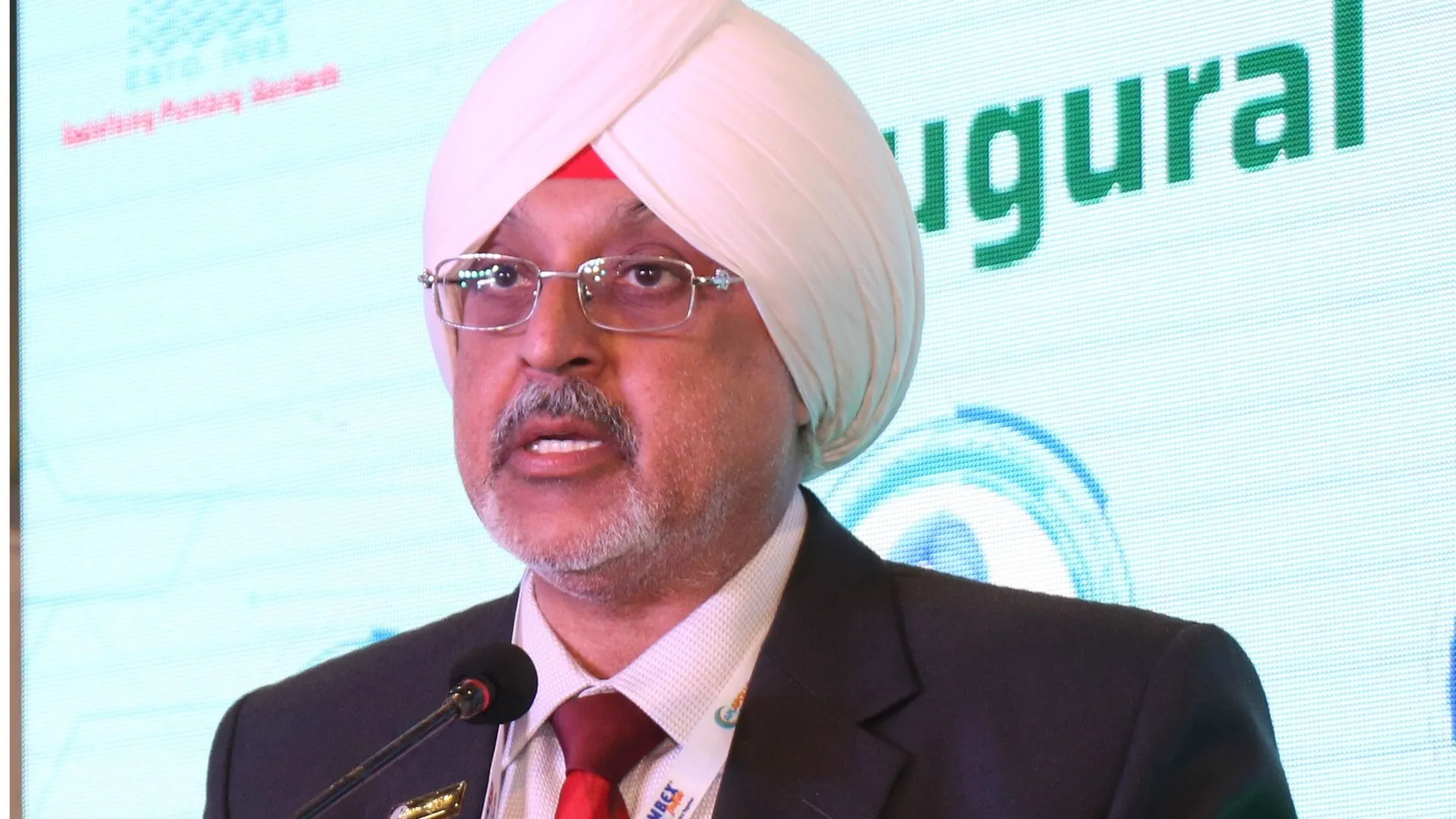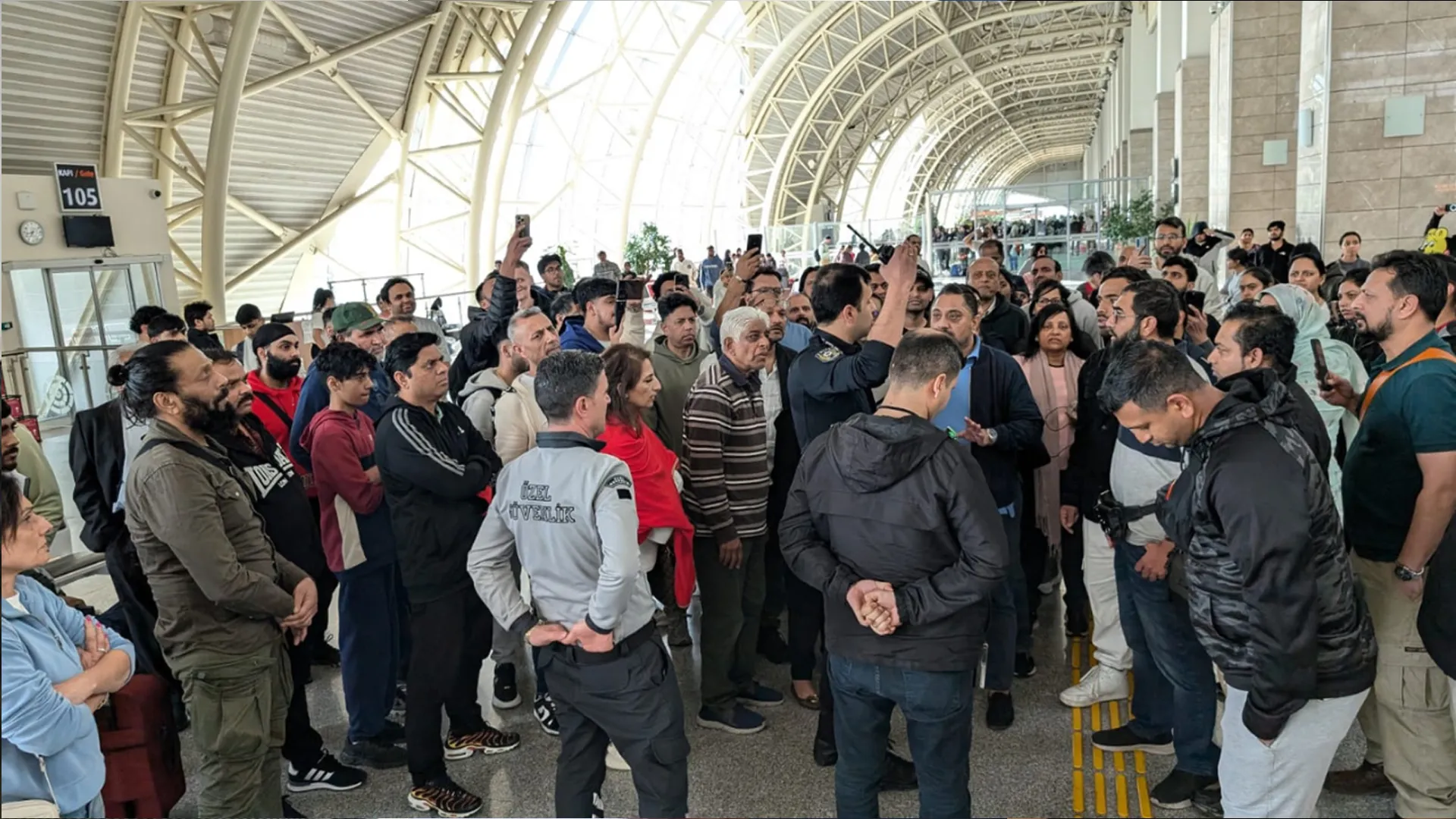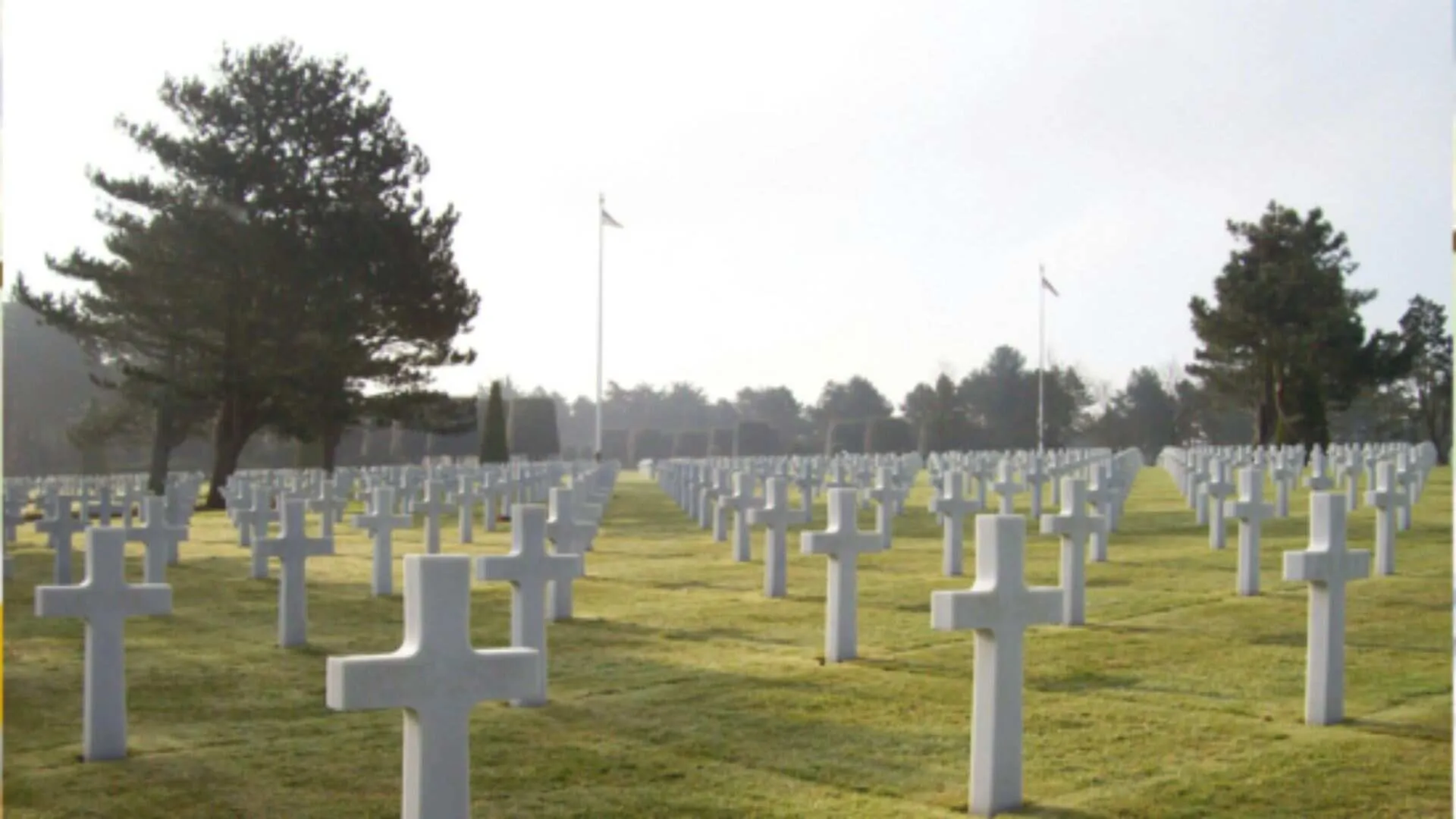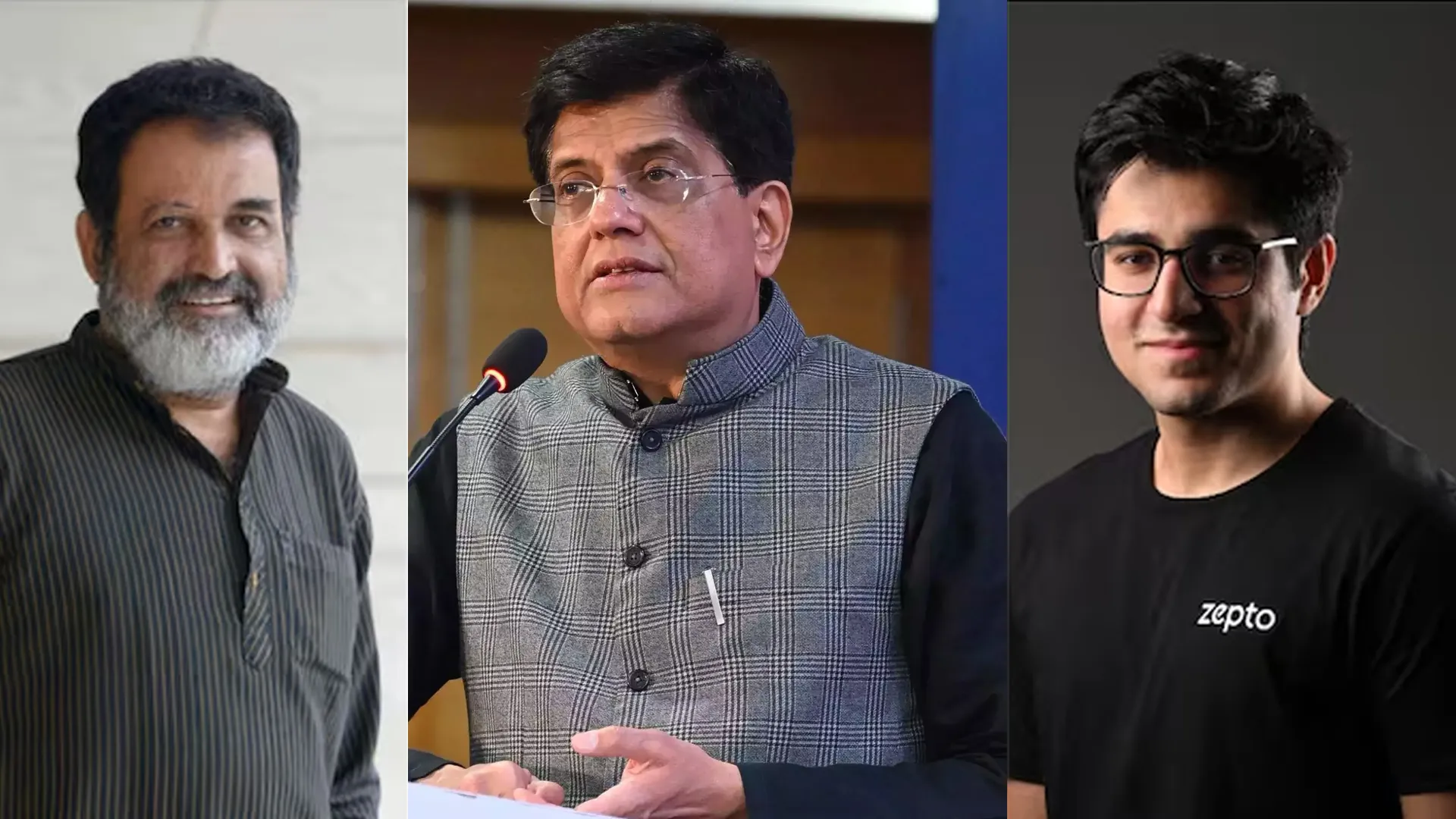With India and China set to sit down for the seventh round of military talks at 12 noon on Monday to work out steps to resolve the standoff along the Line of Actual Control (LAC), New Delhi has decided to “ask China to give a detailed time-line for full disengagement of PLA troops and de-escalation on the de facto border”.
India will be asking China to disengage troops from all standoff points in eastern Ladakh in a time-bound manner, sources said. China Study Group (CSG) has made a comprehensive assessment of the situation along the LAC and has also given the Indian officials a clear idea about how to put across the points and arguments in Monday’s meeting with China,” sources told The Daily Guardian.
The India-China talks on Monday coincide with the US Deputy Secretary of State Stephen Biegun’s visit to New Delhi. During his three-day visit, Beigun will be meeting top ministers and officials of India. He is expected to be coming with a crucial agenda that also includes China also.
“Building on Secretary Pompeo’s October 6 meeting with Indian Minister of External Affairs S. Jaishankar and ahead of the U.S.-India 2+2 Ministerial Dialogue later this year, Deputy Secretary Biegun’s engagements in India will focus on advancing the United States-India Comprehensive Global Strategic Partnership and how the United States and India can work together to advance peace, prosperity, and security in the Indo-Pacific and around the globe,” a US State Department
statement said last week.
Meanwhile, India is sparing to no effort to build up international pressure on China. India is stepping up pressure on the Dragon diplomatically and militarily. The US State Department’s Beigun’s visit to New Delhi assumes significance from that point of view.
“China Study Group discussed the current security situation along the whole of LAC and operational issues. The group also took a detailed view of whether China rein- forced troops on the de facto border despite agreement that it would not send more troops to the frontline,” sources said.
The high-powered China Study Group met to set the agenda for the 7th round of Corps Commanders level meet between India and China on 12 October on standoff in eastern Ladakh.
Defence Minister Rajnath Singh, External Affairs Minister S. Jaishankar, National Security Advisor Ajit Doval and Army Chief General M.M. Naravane among others attended the crucial meeting. According to sources, the Indian delegation has been given a full briefing on the agenda and different aspects of the dispute so that they can take it up with China in a more aggressive manner.
Sources said the intelligence inputs received from the US agencies on the PLA troops’ deployment along LAC have been given to the delegation which will be used during the discussion on Monday. “Restoration of status quo ante, that is, China vacate the areas the PLA intruded into in April-May will be stressed by Indian officials.
Sources said that Doval has told the Indian officials not to budge an inch if Chinese side asks New Delhi
to move back from some strategic positions it had taken in Ladakh on the banks of the Pangong Tso lake.
The Indian delegation to the Monday talks will be headed by Lt General Harinder Singh of the Indian Army’s 14 Corps based in Leh that oversees the security of the Ladakh sector. The discussions, to take place in Chushul on the Indian side of the LAC, will include Lt General P.G.K. Menon who is expected to take over from Singh this month. The Indian delegation will also have a senior diplomat in charge of the China desk, Naveen Srivastava, who was part of the team for discussions with the Chinese on 21 September in Moldo.
In the last Corps Commanders meeting, both sides agreed to stop sending more troops to the frontline, refrain from unilaterally changing the situation on the ground, and avoid taking any actions that may complicate the situation.
Since the 6th Corps Commanders meeting, some type of uneasy peace has been maintained at the LAC in Ladakh which had witnessed a number of firing incidents for the first time in over four decades.
Both sides are prepared to keep their Armies at these high-altitude mountains during winters when temperatures dip away below zero degrees and bone- chilling wind make survival extremely difficult.

